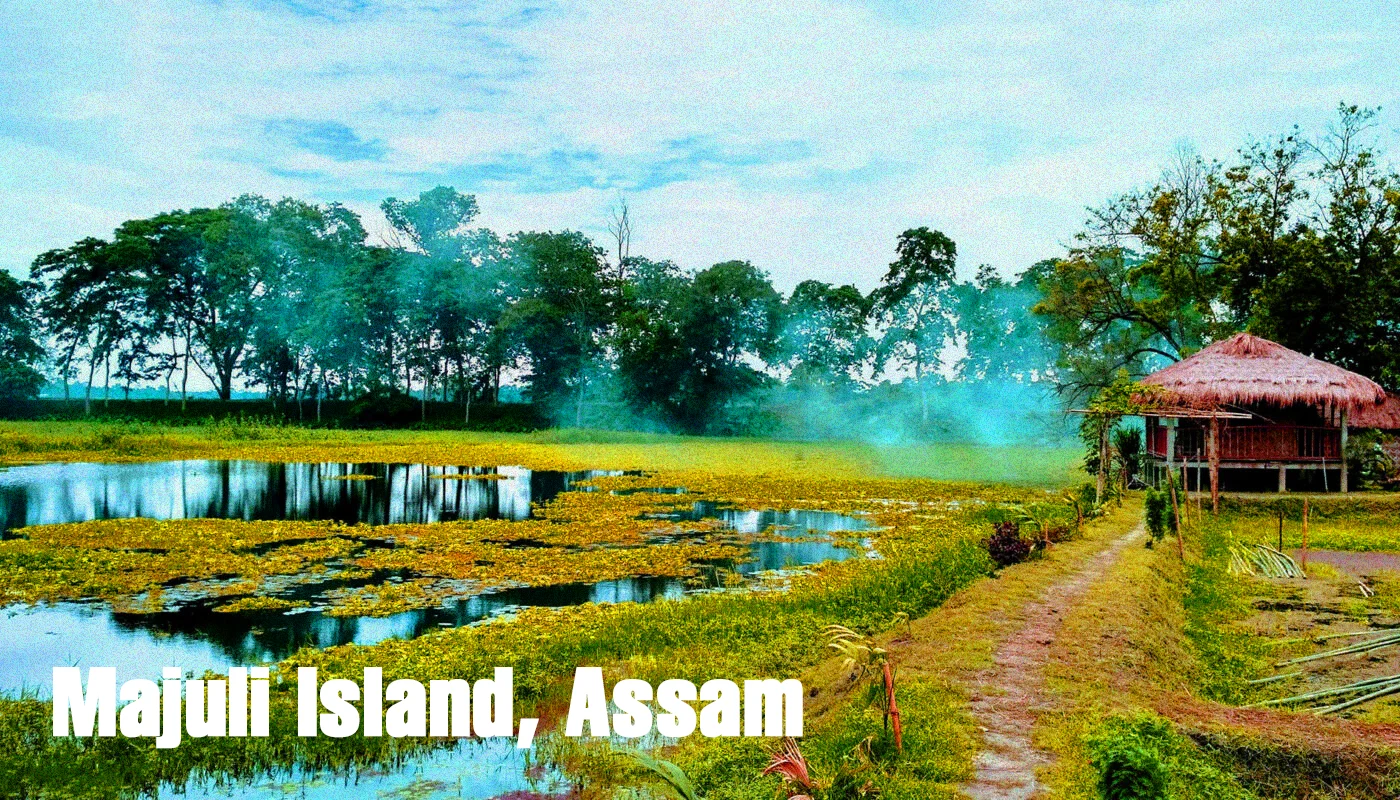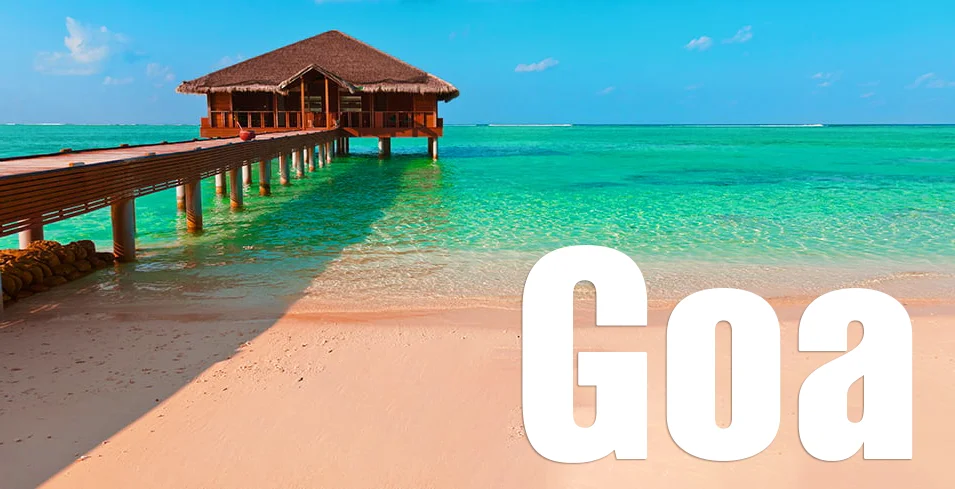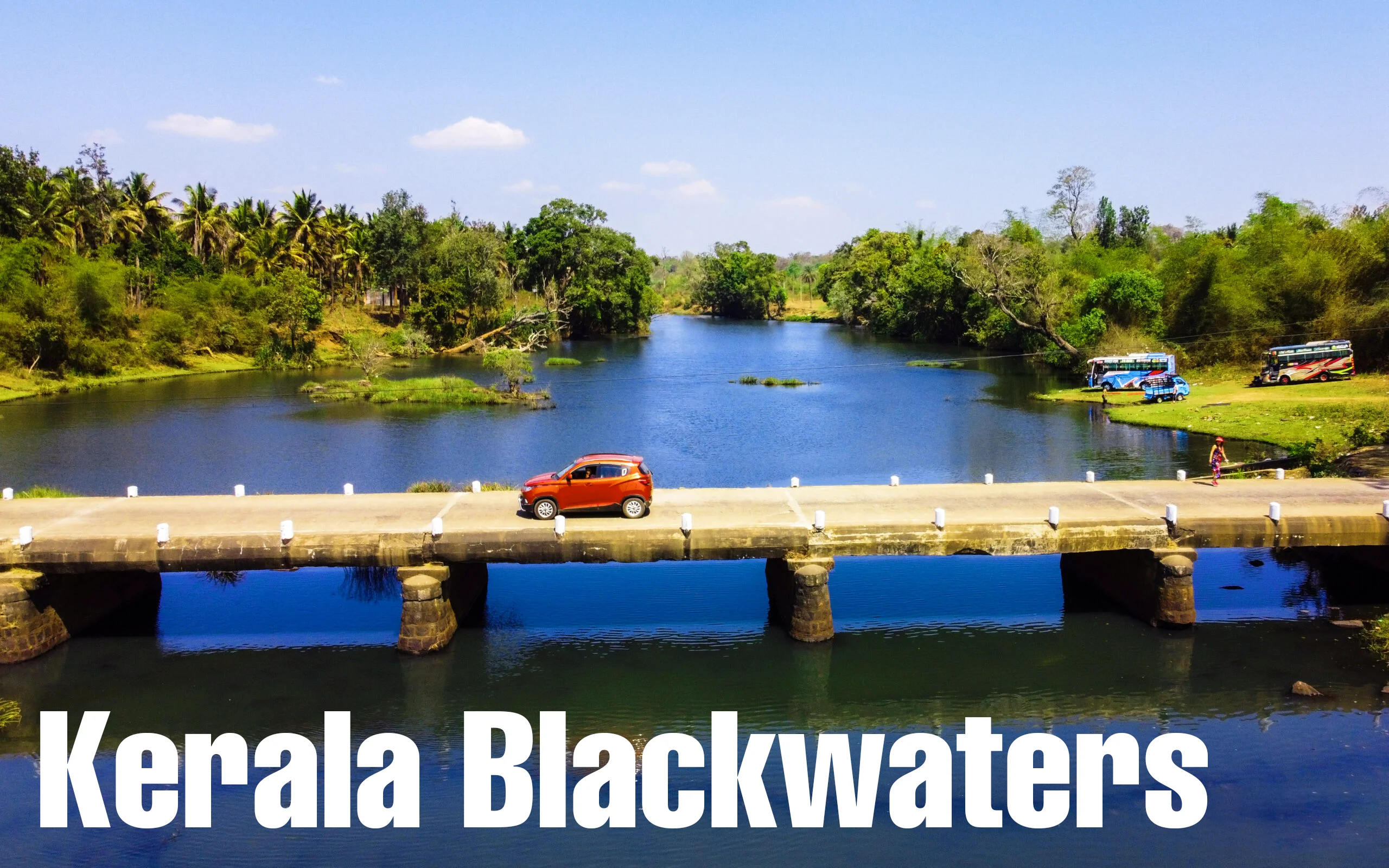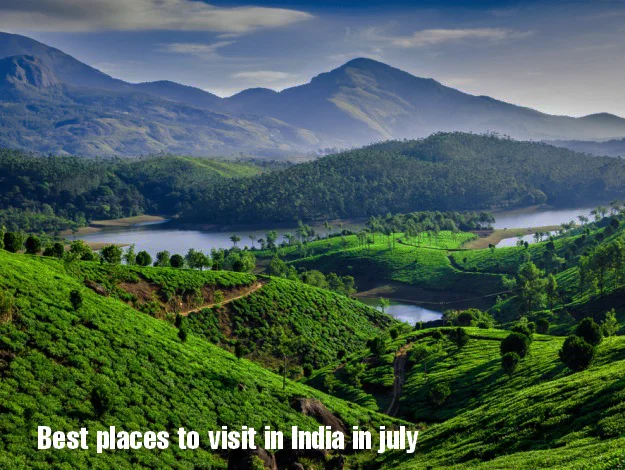India, a land of vibrant culture, majestic mountains, serene beaches, and captivating wildlife, transforms into a visual treat during the monsoon season. The parched landscapes awaken to lush greenery, waterfalls cascade down mountainsides, and rivers overflow with renewed life. While some regions experience heavy downpours, July offers a unique opportunity to explore the country’s natural splendor at its peak.
Monsoon in India: A Time for Nature Lovers
The monsoon, arriving in India around June, blankets the country with a refreshing veil of rain. The air washes clean, and the temperatures drop significantly, offering respite from the scorching summer heat. For nature enthusiasts, July presents a paradise. Here’s a glimpse of what awaits you:
- Lush green landscapes: The monsoon paints the country in vibrant hues of green. Arid regions come alive with wildflowers in bloom, while hill stations transform into havens of verdant beauty.
- Cascading waterfalls: The monsoon breathes life into dormant waterfalls, creating a spectacle of cascading water amidst lush greenery.
- Thriving wildlife: The replenished water sources rejuvenate wildlife sanctuaries, making it an ideal time to spot animals emerging from hiding.
- Pleasant weather: The monsoon brings a welcome respite from the summer heat, with temperatures dropping by several degrees.
Top Destinations to Explore in July
1.The Himalayan Escape
Valley of Flowers, Uttarakhand

Nestled amidst the majestic Himalayas, the Valley of Flowers is a UNESCO World Heritage Site. During July, the valley explodes with a riot of colors as over 500 varieties of alpine flowers bloom, creating a breathtaking tapestry. The average temperature ranges between 13°C and 19°C, making it perfect for pleasant hikes amidst the floral paradise.
Things to Do:
- Cycle tour to Bheem Pul: Embark on a scenic cycling tour to Bheem Pul, a natural bridge formed over the Saraswati River. Enjoy the breathtaking views of the valley and capture stunning photographs.
- Visit Hemkund Sahib: Pay your respects at Hemkund Sahib, a revered Sikh pilgrimage site nestled amidst the mountains. Witness the serene beauty of the Gurudwara surrounded by snow-capped peaks.
Top Tourist Attractions:
- Vasudhara Falls: Witness the majestic Vasudhara Falls, also known as the “Milk Shower,” cascading down from a height of 120 meters.
- Badrinath Temple: Explore the Badrinath Temple, one of the Char Dham pilgrimage sites dedicated to Lord Vishnu.
- Gaurikund: Take a holy dip in the Gaurikund, a hot water spring considered sacred by Hindus.
- Govindghat: Trek to Govindghat, the base camp for the Valley of Flowers trek, and experience the serenity of the Himalayas.
Places to Stay:
Hotel VR Inn – Budget-friendly option with comfortable accommodations.
Hotel Surya Palace – Mid-range hotel offering scenic views and good amenities.
Hotel Pramukh – Luxurious stay option with excellent service and facilities.
Average Budget: The average cost of the trip ranges between ₹10,000 and 14,000 per person. This includes accommodation, meals, transportation within the region, and basic activity costs.
How to Reach: Reach Joshimath, the nearest town, by road from major cities like Rishikesh or Haridwar. From Joshimath, take a shared taxi or jeep to Govindghat, the starting point for the trek to the Valley of Flowers.
2.Majuli Island, Assam

Majuli Island, the largest river island in the world, is located on the Brahmaputra River in Assam. July is a pleasant time to visit, with lush greenery and comfortable temperatures ranging from 20°C to 30°C. Explore the island’s unique culture, visit the traditional Assamese villages, witness the weaving techniques used to create the famed Muga silk, and witness the vibrant wildlife in the surrounding areas.
Things to Do:
Cycle through the villages: Rent a bicycle and explore the charming villages scattered across the island. Immerse yourself in the local way of life and interact with friendly Assamese people.
Visit the mask-making workshops: Discover the art of mask-making, a traditional craft of Majuli. Watch artisans create colorful masks.
Muge Silk Saree Centers:
Majuli is renowned for its exquisite Muga silk, a golden-hued fabric woven using silk produced by the Assamese muga silkworm. Visit local weaving centers and witness the entire process, from silkworm rearing to the intricate handloom weaving techniques. You can even purchase a beautiful Muga silk saree as a unique souvenir.
Explore the Vibrant Wildlife:
Birdwatching Adventures: The Brahmaputra River and surrounding wetlands provide a haven for a diverse range of birdlife. Embark on a birdwatching tour and spot species like hornbills, egrets, and cormorants.
Visit the Gibbon Wildlife Sanctuary: Located on a smaller island adjacent to Majuli, the Gibbon Wildlife Sanctuary is home to the endangered hoolock gibbon, a fascinating ape species. Take a boat trip to the sanctuary and observe these gentle giants in their natural habitat.
Festivals and Events:
Majuli Festival (Magh Bihu): Held in January, the Majuli Festival (Magh Bihu) celebrates the harvest season. Witness vibrant cultural performances, traditional folk dances, and a festive atmosphere showcasing the rich heritage of the island.
(Note: This falls outside the July timeframe, but you can plan your trip around it if interested)
Places to Stay:
- Budget: Homestays in the villages offer a unique opportunity to experience local life.
- Mid-range: There are a few guesthouses and eco-lodges on the island offering comfortable accommodations surrounded by nature.
- How to Reach: Ferries are the primary mode of transportation to reach Majuli Island. You can take a ferry from Kamalabari Ghat near Jorhat town in Assam.
Remember:
- Majuli is a developing island with limited tourist infrastructure. Be prepared for basic amenities and a focus on experiencing the local culture.
- Carry cash as ATMs might be scarce on the island.
Coastal Delights and Backwaters Bliss
Monsoon rains don’t just transform the mountains; they also create a captivating spectacle along the Indian coastline. While some beaches might experience rougher waves, others offer a serene and rejuvenated atmosphere.
3.Goa

Goa, the land of sun, sand, and serenity, transforms during the monsoon. The beaches are less crowded, offering a tranquil escape. Explore the vibrant nightlife, indulge in delicious seafood curries, and witness lush paddy fields emerge where golden sands once lay.
Things to Do:
- Enjoy monsoon treks: Embark on short monsoon treks through the verdant hills surrounding Goa, discovering hidden waterfalls and lush landscapes.
- Explore colonial architecture: Visit the charming Portuguese churches and historical sites scattered across Goa, appreciating their unique architecture against the backdrop of the monsoon sky.
Top Tourist Attractions:
- Dudhsagar Falls: Witness the majestic Dudhsagar Falls, India’s highest waterfall, cascading down during the monsoon season.
- Old Goa Churches: Explore the UNESCO World Heritage Site of Old Goa, featuring magnificent churches like the Basilica of Bom Jesus and the Se Cathedral.
Places to Stay:
Budget:
- Mid-range: Taj Exotica Resort & Spa, Benaulim Beach
- Luxury: The Leela Goa, Cavelossim Beach
- Average Budget: The average cost of the trip ranges between ₹15,000 and ₹20,000 per person. This includes accommodation, meals, transportation within Goa, and basic activity costs.
How to Reach: Goa is well-connected by air, rail, and road to major Indian cities. Dabolim Airport in Goa is the closest air connectivity.
-
Kerala Backwaters

The monsoon season fills the Kerala backwaters to their brim, creating a magical emerald expanse. Glide through serene canals on a traditional houseboat, witnessing lush vegetation, charming villages, and vibrant birdlife.
Things to Do:
- Ayurvedic Rejuvenation: Indulge in Ayurvedic treatments and wellness therapies at a traditional Ayurvedic resort, allowing the monsoon rains to complement your journey of rejuvenation.
- Explore the local markets: Browse through the vibrant local markets selling fresh produce, spices, and handcrafted souvenirs.
Top Tourist Attractions:
- Alleppey Backwaters: Take a houseboat cruise through the picturesque Alleppey backwaters, witnessing the captivating beauty of the region during the monsoon.
- Kumarakom Bird Sanctuary: Spot a diverse range of birdlife at the Kumarakom Bird Sanctuary, a haven for migratory birds during the monsoon season.
Places to Stay:
- Budget: Punnamada Backwaters – Luxury Houseboats
- Mid-range: The Tamarind – Kerala Houseboats
- Luxury: Coconut Lagoon – Luxury Houseboats
- Average Budget: The average cost of the trip ranges between ₹12,000 and ₹18,000 per person. This includes accommodation on a houseboat, meals, transportation within Kerala, and basic activity costs.
How to Reach: Kerala has several well-connected airports, including Kochi International Airport and Trivandrum International Airport. Major Indian cities are also connected by rail and road.
5.Coorg, Karnataka
Often referred to as the “Scotland of India,” Coorg offers a visual treat during the monsoon. Lush green coffee plantations come alive, cascading waterfalls create a mesmerizing spectacle, and the pleasant weather is perfect for nature walks and exploration.
Activities:
Coffee Plantation Tours: Embark on a guided tour through a coffee plantation, learning about the coffee-making process and enjoying a steaming cup amidst the verdant surroundings.
Trekking Adventures: Explore the Western Ghats through thrilling treks, encountering hidden waterfalls and breathtaking viewpoints.
Must-See Attractions:
- Abbey Falls: Witness the cascading beauty of Abbey Falls, surrounded by lush coffee plantations and dense forests.
- Dubare Elephant Sanctuary: Spot majestic elephants in their natural habitat at the Dubare Elephant Sanctuary.
Accommodation Options:
- Budget: Coorg International Residency
- Mid-range: The Tamara Coorg
- Luxury: Evolve Back, Coorg
- Budget: The average cost of the trip ranges between ₹10,000 and ₹15,000 per person. This includes accommodation, meals, transportation within Coorg, and basic activity costs.
Getting There: Coorg is accessible by road from major South Indian cities like Bangalore and Mysore. The nearest airport is Mangalore International Airport.
Final Thoughts:
July in India presents a unique opportunity to experience the magic of the monsoon season. From captivating landscapes to rejuvenated wildlife sanctuaries, there’s something for every traveler. Remember to pack comfortable walking shoes, rain gear, and an adaptable spirit to embrace the occasional downpour. With careful planning and the information provided above, you can create an unforgettable monsoon adventure in India.

